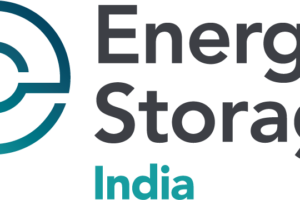Storage Sprint: 10-Minute Speed Consultations
Time: 16:00 - 17:00
Date: 31 October 2025
Synopsis
Connect with leading experts across the entire energy storage value chain in this unique speed consulting session, participants will have 10-minute one-on-one consultations with specialists in development, investment, manufacturing, and strategic consulting. Participants can present specific challenges and receive personalized, actionable advice from professionals who understand India’s rapidly evolving energy storage landscape.
Sessions are available on a first-come, first-served basis, with participants encouraged to come prepared with a focused question to maximize their consultation time. This is your opportunity to gain strategic insights that can help overcome barriers and capitalize on opportunities in India’s expanding energy storage market.
How It Works
- Book your slot at the registration desk (first-come, first-served)
- Select your expert based on your specific challenge
- Prepare one focused question to maximize your 10-minute session
- Show up on time you won’t get extra time if you are late
Consultation Topics
- Navigating India’s BESS market (2026 projections)
- Accessing project financing in an emerging market
- Technology selection for specific applications
- Grid integration challenges and solutions
- Regulatory compliance and policy incentives
- Cost optimization across the value chain
Maximize Your Session
- Bring relevant project specifications
- Focus on a specific challenge rather than general overview
- Come prepared with data points to enable precise recommendations
Meet Our Consultants
Developers
Investors & Financial Experts
OEMs & Technology Providers
Industry Consultants
« Back



